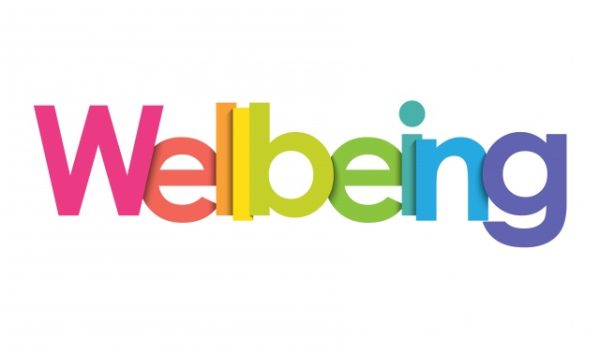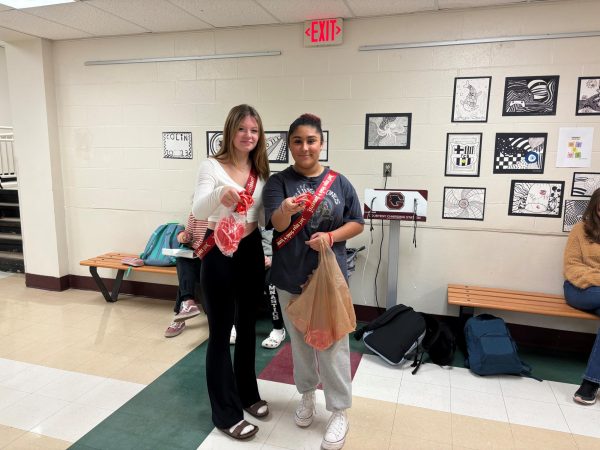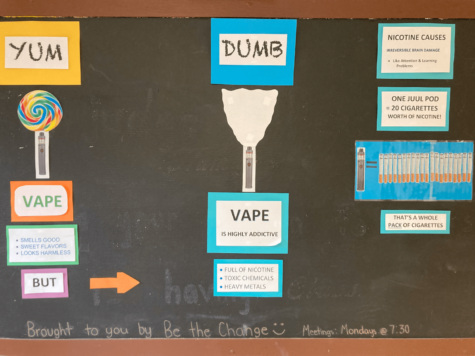COVID-19: One Year Update
Homemade Masks
The chaos that took place last year made everyone’s head spin, so it is okay if you are not truly up to date with what has happened. Before going into quarantine nobody knew how crazy the year was going to be. In this article, I am hoping to explain everything a bit better and hopefully better inform you of the new vaccines that have come out.
COVID-19
COVID-19 is otherwise known as ” 2019 novel coronavirus” or “2019-nCoV,” it is a novel coronavirus. It gets its name from the spikes poking out of it, making it look like a crown. If you didn’t know “corona” in Spanish means “crown,” hence the name coronavirus. There are other coronaviruses that have popped up before, this is just a different strain of coronavirus. It is a respiratory virus like pneumonia. It is spread through the water droplets from when you sneeze or breathe. When it enters the body whether that is through the eyes, nose, ears, or mouth, it enters cells within your body to make more viruses. Once there are enough viruses, the cell breaks and spreads throughout your respiratory system. There are multiple symptoms of coronavirus:
- Fever
- Cough
- Fatigue
- body aches
- loss of taste/smell
- nausea/ vomiting
It is very important to look out for these symptoms. If you are experiencing difficulty breathing, pale skin, and/or pain in the chest you need to seek medical attention. If you had these symptoms after being around people, it is important to get tested. Anyone can get the virus. It is very deadly to those who may have/had respiratory illnesses or heart conditions, but it can still kill anyone despite them not having medical issues. That’s why it is important to quarantine if you have these symptoms.
Events/Timeline
Around January 7th-9th, Chinese authorities determined that a pneumonia outbreak was really a novel coronavirus. As January progressed, so did cases of the coronavirus. Japan was the first country, other than China, to get a confirmed case of the coronavirus. Then France, the UAE, and Egypt. This mostly began to spread as people were still traveling by plane from and to China. Skip forward to March and now the coronavirus is referred to as COVID-19, it reached the United States at this point. On March 7, 2020, over 100,000 cases were confirmed. Schools begin to switch to remote, businesses begin to close, the unemployment rates begin to rise, and the hospitals become packed with people. As the months go on, ventilators become necessary for a patient’s survival but the need for them becomes so severe that there was a shortage. Hospitals were struggling to keep up and had to move patients into the waiting rooms and parking garages. There was a massive PPE shortage.
We soon figured out people could not only be symptomatic but also asymptomatic, and pre-symptomatic. Meaning some people could have had the virus and not even know it, enabling the spread of the virus. Quarantine become a necessity because of this. In April, there were over 1 million confirmed cases. Masks become mandatory in order to enter public buildings, and get groceries. If you were in the need of toilet paper, it was nearly impossible to get some. Homemade fabric masks become extremely popular because of medical mask shortages. In August the cases rose to 3 million. Countries had to shut down and banned travel. By September, schools went hybrid and remote. Cases were still high but social distancing and masks were set into place in order to slow the spread. Hand sanitizer was a major necessity. Towards the end of December, the United States had around 19 million cases. There was also a new variant that originated in the UK that migrated to California and then to Florida. For a more detailed timeline check out the World Health Organization’s interactive timeline.
Vaccine
The COVID-19 vaccine has been in the making since February of 2020. So, we have definitely come a long way since then. There are several of them but only three of them have been authorized and recommended by the CDC.
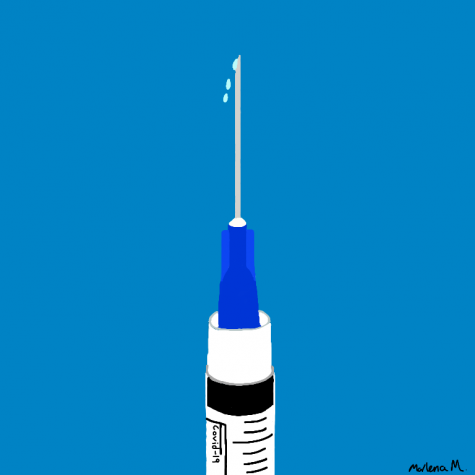
These three are the Pfizer-BioNtech, Moderna, and John & Johnson vaccines. Pfizer and Moderna are mRNA vaccines. Instead of a dead virus being inside the vaccine it’s a spike protein. A spike protein is found on the surface of the coronavirus. Our immune systems see it as foreign and fights it. John & Johnson’s vaccine is a vector vaccine. What that means is that instead of using a protein, it uses a modified version of a different virus. The Pfizer-BioNtech and Moderna vaccines are a series of two shots. The John & Johnson vaccines are 1 shot. The vaccines have no long-term effects at the moment, those usually take a few months to years to set in. Luckily the side short-term effects of this vaccine are those you would get in any other vaccine or flu shot. Those include soreness, body aches, mild fever, chills, and headaches.
Remember to keep practicing social distancing, wear a mask, and keep washing your hands. Also, it is important to thank your health care workers during this time, they have been in the front lines in all of this. Only you can help prevent the spread of the virus!
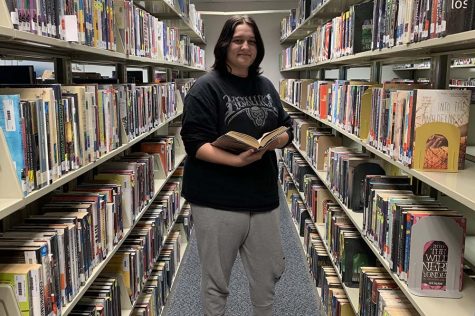
Mars is a sophomore. This is her second year as a writer for the Paw Print. Mars enjoys sci-fi novels and movies. She may also be a little too obsessed...




